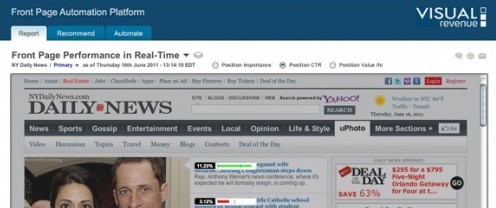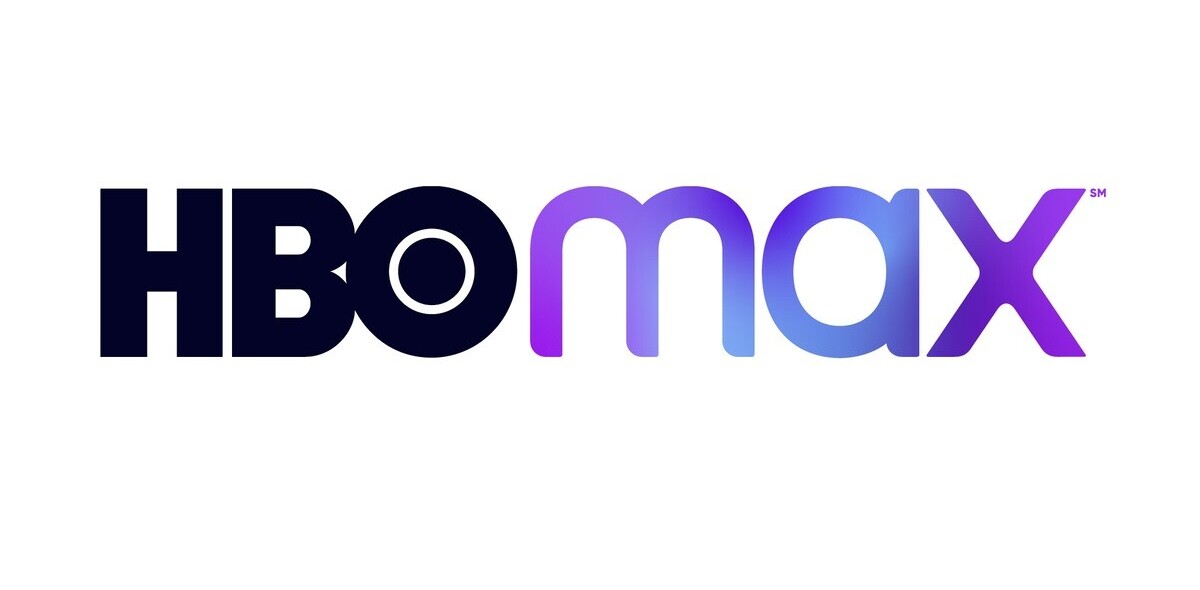
The newspaper industry is facing challenging times for sure, as it struggles to adapt and keep pace with the digital onslaught.
As with other more ‘traditional’ industries, many newspapers were blindsided by digital and are only now starting to properly embrace it. Indeed, the death of the printing press doesn’t mean the death of the ‘press’, it just means they have to adapt and work in new ways. Back in November, the UK’s Guardian newspaper reported a whopping 4m downloads of its Facebook app in two months, so it’s not all bad news.
But the Web is still very much where it’s at. It has become something of a cliché, but it’s worth repeating anyway. Web 3.0 is all about data, and not any old data…BIG data. LinkedIn co-founder Reid Hoffman said last year:
Web 3.0 is mostly to do with the massive amounts of active and passive data we are generating. An example of passive data is phone calls from mobile devices. Bandwidth is increasing, which enables video, audio and graphic sharing and data. Hoffman advocates thinking hard about it and acting to protect data. Think about what kind of future we want to create…
The data we are producing falls into three types: explicit data is information that we understand is about us and we want to protect; implicit data is less known, we are unaware of it, examples are mobile calls, payments; analytics is data about data that tries to analyze and create meaning. Sources of all three types are exploding.
Data+Dollars=Win

Data is the name of the game, and the media industry – including newspapers – must sit up and take note. A few months ago, we reported on a company called Visual Revenue, a US-based firm that’s seeking to enable data-driven decisions in every newsroom. The company has just announced big expansion plans too, which could prove to be a major boost for the media industry.
Whilst there’s no shortage of young startups securing multi-million pound investment rounds to fund yet another “location-aware social app”, for the media industry to thrive, it needs to use data. And to do so it too needs investment. Visual Revenue is using its new $1.7m windfall, led by IA Ventures, Softbank and some of its current shareholders, to “aggressively expand” its existing team. This is the kind of money that’s sorely lacking in the tech-media startup space.
Visual Revenue is a platform for editors of news sites, which gives them real-time homepage recommendations on what articles to place, in which position and for how long. It taps predictive analytics technology to give media organizations and online publishers the tools to manage the cost of surfacing content on their homepage, whilst maximizing the return from promoting it. It promises to predict the performance of a piece of content about 15 minutes into the future – it really is quite exciting stuff, and you can read all about it again here.
So…how does this kind of data help, exactly? “You don’t control Google,” said Dennis R. Mortensen – the CEO and Founder of Visual Revenue – in our previous interview. “You can certainly make efforts to ensure that you’re well found, and try and make gains within the search system.
“Also, you can’t own social,” he continued. “You can take measures and put processes in place to make the most of social channels, but you don’t own it. You’re at the mercy of whatever the algorithm might be on the Facebook and Twitter news streams. I’m not saying people shouldn’t focus on these channels…I think people should make the most of them. But the point is, they’re not the biggest channels for most of the publishers we look at.”
So content creators and publishers can only control so much of what happens in the social (Facebook) and search (Google) spheres. Sure, they can manipulate things a little to their benefit, but the one thing they CAN control is their own website, and that’s where (big) data comes in.
Visual Revenue’s technology is currently being used by around 50 online publishers, including Forbes, NYDailyNews, NBC’s iVillage.com, TheBlaze, Telegraaf (The Netherlands) and OneIndia (India). The company is on the rise, and it may hit a newsroom near you imminently.
“Visual Revenue’s success is a testament to our excellent team and the progressive newsrooms that we serve,” says Mortensen. “Given our success and momentum, we have the luxury of selecting the very best investors to help us fulfill our vision of a data-driven newsroom.”
Get the TNW newsletter
Get the most important tech news in your inbox each week.





